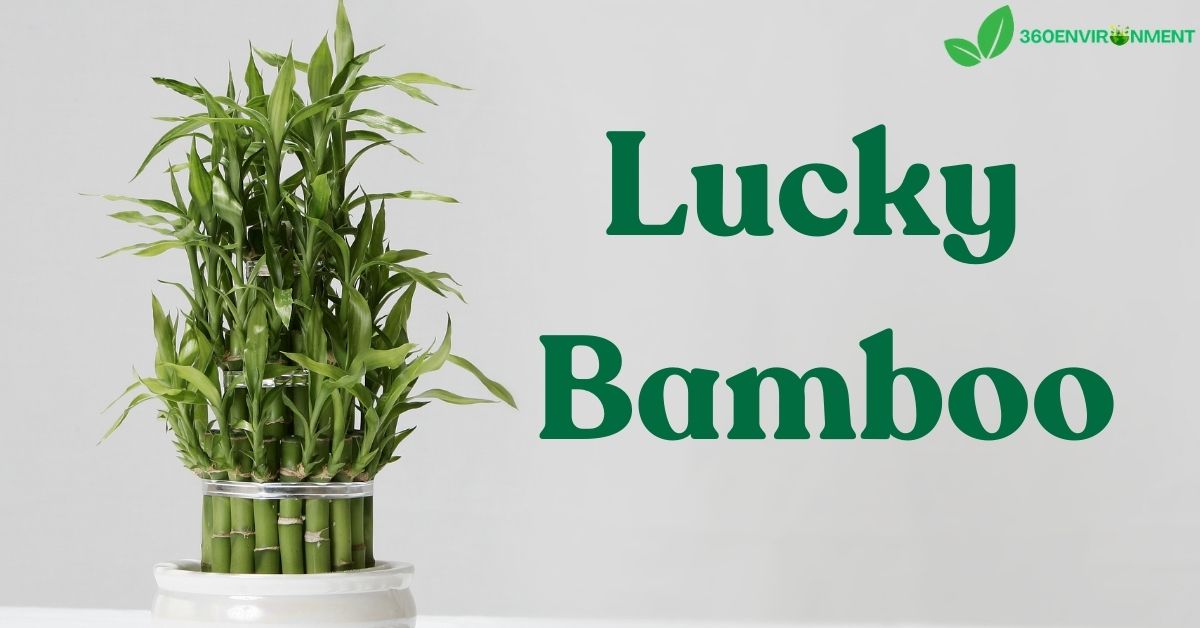Sanderiana, often referred to as Dracaena sanderiana or “Lucky Bamboo,” is a popular houseplant known for its resilience, unique aesthetic appeal, and association with good fortune in various cultures. Despite its common name, it is not related to true bamboo; instead, it belongs to the Dracaena genus, a group of plants that are prized for their adaptability and easy maintenance.
While Dracaena sanderiana is widely known as a decorative plant, its environmental significance, ecological impact, and the sustainability of its cultivation are lesser-known aspects. This article will explore the biology, ecological role, and cultivation of Dracaena sanderiana, focusing on how its global popularity intersects with environmental considerations.
1. Understanding Dracaena Sanderiana: An Overview
Dracaena sanderiana, more commonly known as Lucky Bamboo, originates from the rainforests of Central Africa. Despite its reputation as a symbol of good fortune, this plant offers more than mere aesthetics. It thrives in low-light environments and requires minimal care, making it a favorite among both seasoned plant enthusiasts and beginners alike.
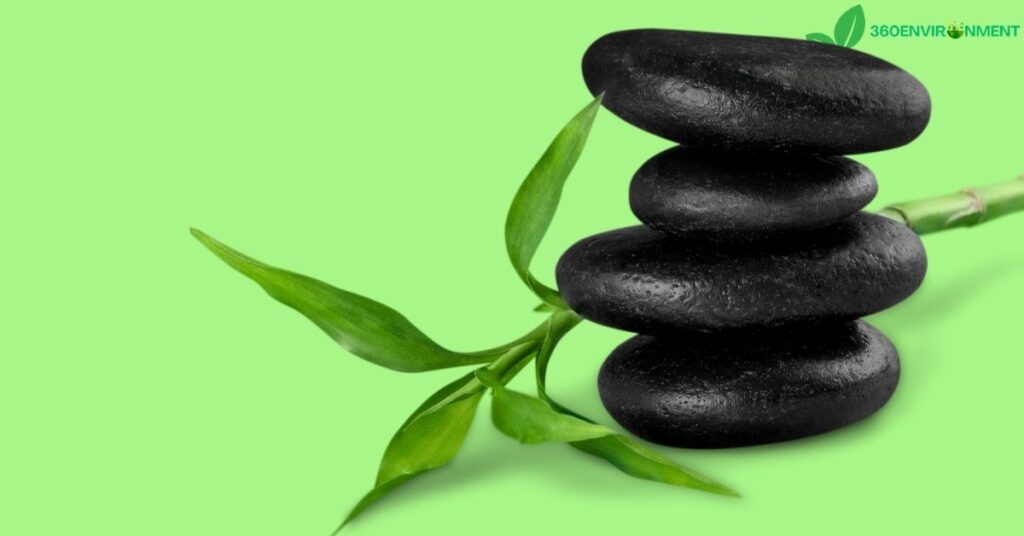
1.1. Classification and Morphology
Dracaena sanderiana is a member of the Asparagaceae family, and while its upright, stalk-like appearance may resemble bamboo, it is not related to true bamboo species. The plant is characterized by its:
- Stems: Smooth, segmented, and often curled or shaped when grown commercially.
- Leaves: Narrow, lance-shaped leaves that are green or variegated with white or yellow stripes.
- Height: When grown indoors, Dracaena sanderiana can reach heights of 1 to 2 feet, but in its natural habitat, it can grow taller.
One of the most striking features of this plant is its versatility. It can be grown in soil or water, making it adaptable to various indoor settings. Its aesthetic appeal, combined with its symbolic association with prosperity and good luck, has made it a sought-after plant across the world.
1.2. Symbolism and Cultural Importance
Lucky Bamboo has deep roots in cultural symbolism, particularly in Feng Shui, where it is believed to bring positive energy and good fortune. The number of stalks in a plant arrangement is said to represent different blessings:
- Two stalks: Love and marriage.
- Three stalks: Happiness.
- Five stalks: Health.
- Eight stalks: Wealth and prosperity.
- Nine stalks: Great luck.
While the symbolic meaning varies across cultures, Dracaena sanderiana is universally valued for its low-maintenance beauty and ability to thrive in a range of conditions.
2. Ecological Role of Sanderiana in Its Native Habitat
Although primarily grown as an ornamental plant, Dracaena sanderiana also plays a role in the ecosystems of its native tropical rainforests. In these environments, the plant serves a variety of ecological functions that contribute to the health and stability of the forest ecosystem.
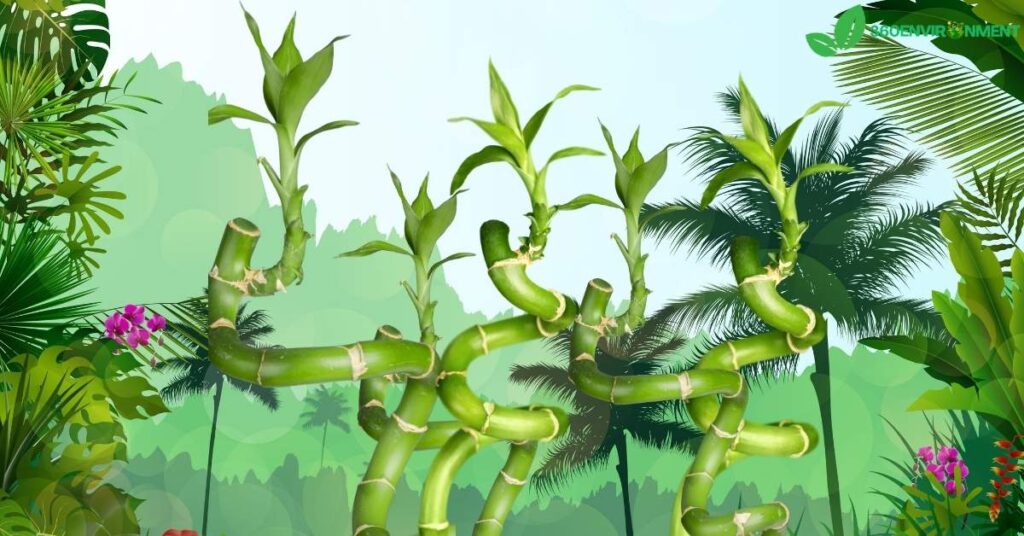
2.1. Habitat and Natural Environment
In the wild, Dracaena sanderiana grows in the understory of tropical rainforests in Central Africa. These low-light, humid environments allow the plant to thrive and contribute to the dense biodiversity found in such ecosystems.
- Light requirements: As an understory plant, Dracaena sanderiana is adapted to thrive in low light, where direct sunlight is scarce. This adaptation makes it well-suited for indoor environments, where light levels are typically lower than outdoors.
- Water: The tropical habitat of Dracaena sanderiana is characterized by frequent rainfall, meaning the plant is accustomed to moist conditions. This translates into its ability to thrive in water or soil with consistent moisture when grown as a houseplant.
2.2. Ecological Interactions
In its natural habitat, Dracaena sanderiana interacts with various organisms, contributing to the overall biodiversity of the rainforest. Some of its ecological roles include:
- Habitat for insects and small animals: The plant provides shelter and food for a variety of insects and small animals. Its leaves may serve as a habitat for certain species of insects, while the plant’s structure offers protection from predators.
- Contribution to soil health: As with many plants in the rainforest, Dracaena sanderiana plays a role in nutrient cycling. As the plant sheds leaves and organic matter decomposes, it enriches the soil with nutrients that support other plant and animal life.
Though Dracaena sanderiana is best known for its ornamental value, its role in its natural ecosystem is a testament to the importance of even seemingly insignificant plants in maintaining biodiversity and ecological balance.
3. Environmental Impact of Sanderiana Cultivation
The global popularity of Dracaena sanderiana has led to widespread commercial cultivation, with plants being grown and exported to meet demand in the ornamental plant trade. However, this raises questions about the environmental sustainability of its cultivation and the broader impacts of the houseplant industry on ecosystems.
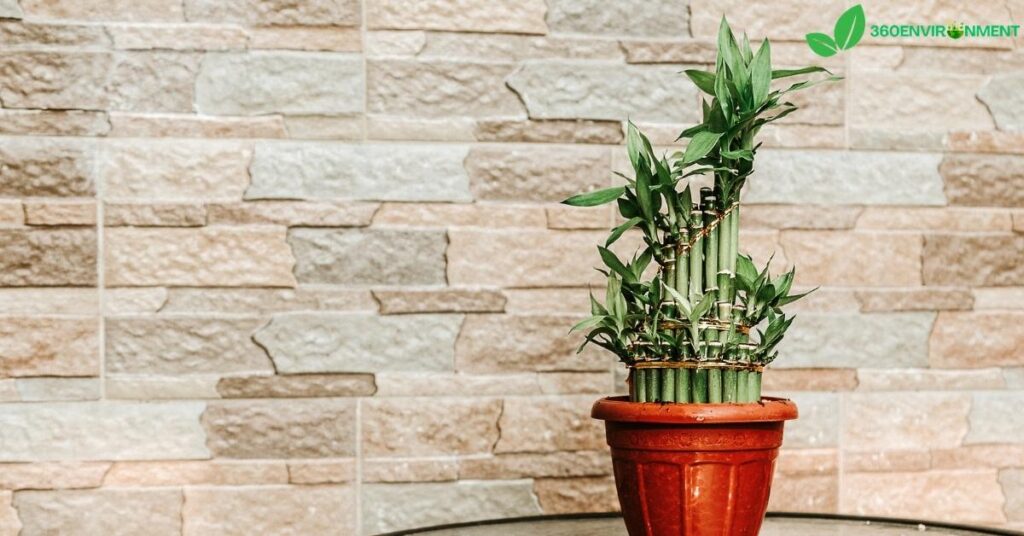
3.1. Commercial Cultivation and Sustainability
Dracaena sanderiana is relatively easy to cultivate, and much of its global supply is grown in nurseries across Asia, particularly in China and Taiwan. These regions have developed large-scale commercial operations that grow the plant in controlled environments before exporting it around the world.
While the cultivation of Lucky Bamboo may seem benign compared to other industries, there are environmental concerns associated with its production:
- Water use: Growing large quantities of plants like Dracaena sanderiana requires significant amounts of water. This can put pressure on local water supplies, especially in areas where water resources are already scarce.
- Chemical use: The use of fertilizers and pesticides in plant nurseries can lead to pollution and degradation of local ecosystems. Runoff from these chemicals can contaminate nearby water bodies, harming aquatic life and disrupting ecosystems.
However, compared to other industries, the environmental footprint of Dracaena sanderiana cultivation is relatively low. With proper management practices, it is possible to grow the plant sustainably, minimizing its impact on the environment.
3.2. The Carbon Footprint of the Houseplant Industry
One of the lesser-known aspects of the houseplant industry is its carbon footprint. While growing plants can have positive environmental effects, such as improving air quality indoors and sequestering carbon, the transportation of plants across the globe contributes to greenhouse gas emissions.
Dracaena sanderiana is exported from its growing regions in Asia to markets in Europe, North America, and beyond. This involves significant carbon emissions associated with shipping, packaging, and retail. Some environmental advocates have raised concerns about the long-term sustainability of importing ornamental plants, especially when considering the broader context of climate change.
One potential solution is to promote local cultivation of plants like Dracaena sanderiana to reduce the environmental costs of transportation. Encouraging nurseries to adopt sustainable practices, such as using organic fertilizers and minimizing chemical inputs, can also help reduce the overall impact of the industry.
4. Benefits of Sanderiana for Indoor Environments
Despite the environmental challenges associated with its commercial cultivation, Dracaena sanderiana offers several environmental benefits when grown indoors. These benefits range from improving indoor air quality to providing a sense of well-being and connection to nature.
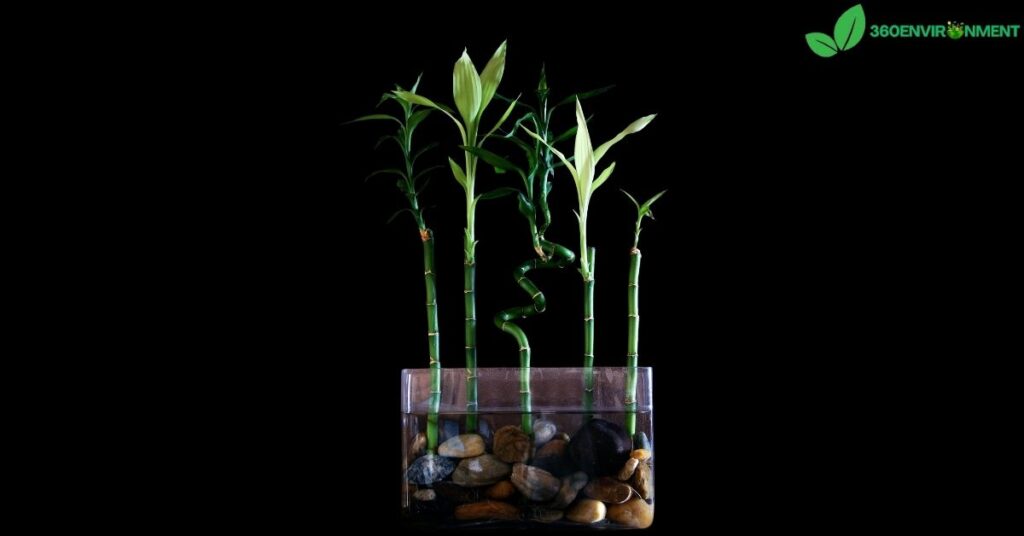
4.1. Air Purification
One of the most widely recognized benefits of houseplants like Dracaena sanderiana is their ability to improve indoor air quality. NASA’s Clean Air Study, conducted in the late 1980s, found that certain plants, including those in the Dracaena genus, can remove toxins from the air, making indoor environments healthier.
Dracaena sanderiana is particularly effective at removing volatile organic compounds (VOCs) from the air, including:
- Formaldehyde: A common indoor pollutant found in building materials, cleaning products, and furniture.
- Benzene: Another harmful VOC often found in paints, solvents, and plastics.
- Trichloroethylene: Common in industrial solvents and cleaners.
By absorbing these compounds through their leaves and roots, plants like Dracaena sanderiana can help reduce indoor air pollution, contributing to a healthier living environment.
4.2. Psychological Benefits
In addition to improving air quality, houseplants like Dracaena sanderiana can have a positive impact on mental health and well-being. Numerous studies have shown that having plants indoors can reduce stress, improve mood, and enhance overall productivity. The calming presence of greenery, combined with the symbolic meaning of Lucky Bamboo, can create a more peaceful and harmonious living or working environment.
5. How to Grow and Care for Dracaena Sanderiana
For those interested in cultivating Dracaena sanderiana at home, its reputation as an easy-to-care-for plant is well deserved. Lucky Bamboo can thrive in a variety of conditions, making it suitable for both novice gardeners and experienced plant enthusiasts.
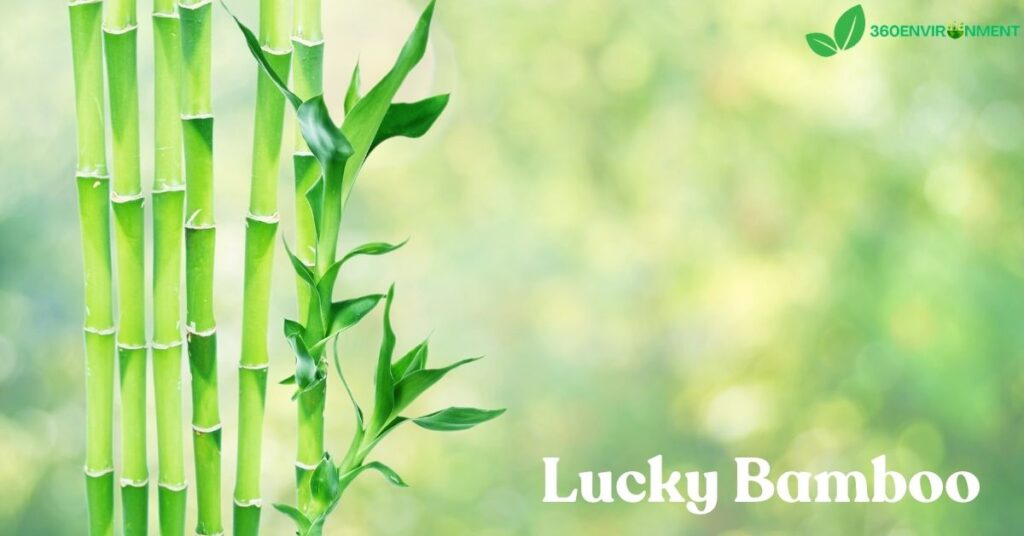
5.1. Growing Conditions
While Dracaena sanderiana is a relatively low-maintenance plant, there are a few key factors to consider to ensure it thrives indoors:
- Light: Lucky Bamboo prefers indirect light, making it ideal for indoor environments with moderate lighting. Direct sunlight can cause the leaves to burn, so it’s best to place the plant in a shaded area or near a window with filtered light.
- Water: When grown in water, Dracaena sanderiana should be placed in a container with enough water to cover the roots but not submerge the entire stalk. It’s important to change the water regularly to prevent the growth of algae and bacteria. If grown in soil, the plant prefers well-draining soil and should be watered when the top inch of soil is dry.
- Temperature: Lucky Bamboo thrives in temperatures between 65°F and 90°F (18°C to 32°C). It is sensitive to cold temperatures, so it should be kept away from drafts and air conditioning units.
5.2. Common Issues and Solutions
While Dracaena sanderiana is generally hardy, there are a few common issues that may arise:
- Yellowing leaves: This is often a sign of too much direct sunlight or poor water quality. Moving the plant to a shaded area and ensuring that the water is free of chlorine and fluoride can help resolve the issue.
- Stunted growth: If the plant is not growing as expected, it may be due to insufficient nutrients. Adding a small amount of liquid fertilizer to the water or soil every few months can encourage healthy growth.
6. Conservation and Sustainability of Sanderiana
As the popularity of Dracaena sanderiana continues to grow, it is essential to consider the long-term sustainability of its cultivation. While this plant is relatively low-impact compared to other commercial crops, there are steps that both consumers and producers can take to reduce its environmental footprint.
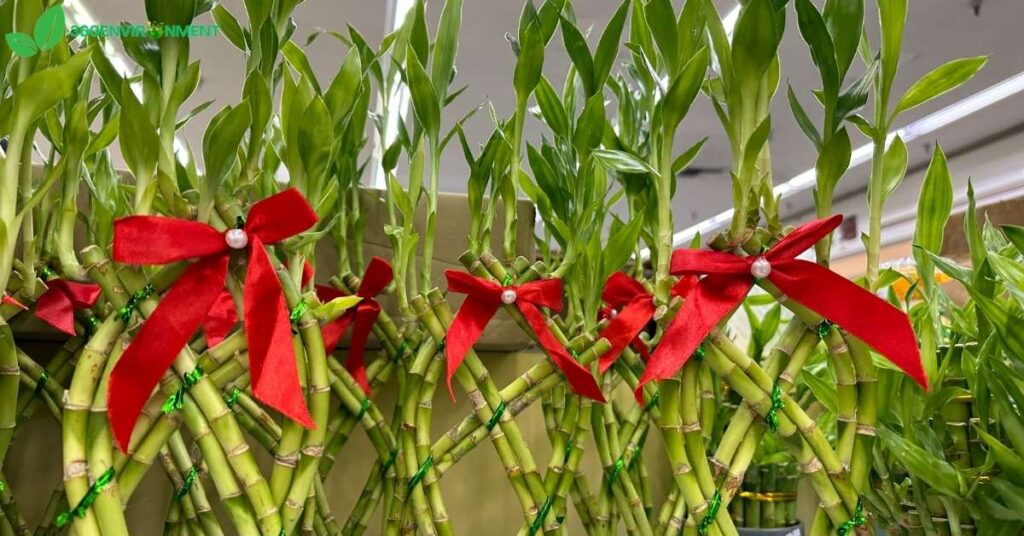
6.1. Promoting Sustainable Cultivation
To ensure that Dracaena sanderiana is cultivated in an environmentally responsible way, growers should adopt sustainable practices, such as:
- Reducing chemical inputs: Minimizing the use of pesticides and synthetic fertilizers can help reduce the environmental impact of cultivation.
- Efficient water use: Implementing water conservation practices, such as drip irrigation, can reduce water waste and protect local water resources.
- Supporting organic nurseries: Consumers can support nurseries that prioritize organic growing practices and sustainable land management.
6.2. Responsible Consumption
Consumers can also play a role in promoting sustainability by making informed choices when purchasing Dracaena sanderiana:
- Buy from local sources: Purchasing plants from local growers can help reduce the carbon footprint associated with long-distance transportation.
- Avoid over-consumption: While houseplants can provide numerous benefits, it is important to avoid buying more plants than necessary, as this can contribute to unnecessary environmental degradation.
Conclusion: The Environmental Importance of Sanderiana
Dracaena sanderiana, or Lucky Bamboo, is more than just a decorative plant. Its role in both natural ecosystems and indoor environments highlights its environmental significance. From its contributions to biodiversity in its native habitat to its ability to improve indoor air quality, this plant offers numerous benefits.
However, as with all commercially cultivated plants, it is important to consider the environmental impact of its production and consumption. By promoting sustainable growing practices and making responsible purchasing decisions, we can enjoy the benefits of Dracaena sanderiana while minimizing its ecological footprint.
FAQs
- What is the origin of Dracaena sanderiana?
Dracaena sanderiana, also known as Lucky Bamboo, originates from the rainforests of Central Africa. - Does Lucky Bamboo improve air quality?
Yes, Dracaena sanderiana is known for its ability to remove toxins such as formaldehyde and benzene from indoor air. - Can Dracaena sanderiana be grown in water?
Yes, Lucky Bamboo can be grown in water as long as the roots are submerged and the water is changed regularly. - Is Dracaena sanderiana sustainable to cultivate?
While relatively low-impact, sustainable practices such as reducing water use and minimizing chemical inputs can help make its cultivation more environmentally friendly. - What are the cultural meanings of Lucky Bamboo?
Lucky Bamboo is associated with good fortune and positive energy, particularly in Feng Shui, where different arrangements are said to bring specific blessings. - How can I care for my Dracaena sanderiana?
Lucky Bamboo thrives in indirect light, should be watered regularly, and prefers temperatures between 65°F and 90°F.
Read More: Growing Clethra Alnifolia Rosea from Seed: A Sustainable Approach to Cultivating a Native Shrub

